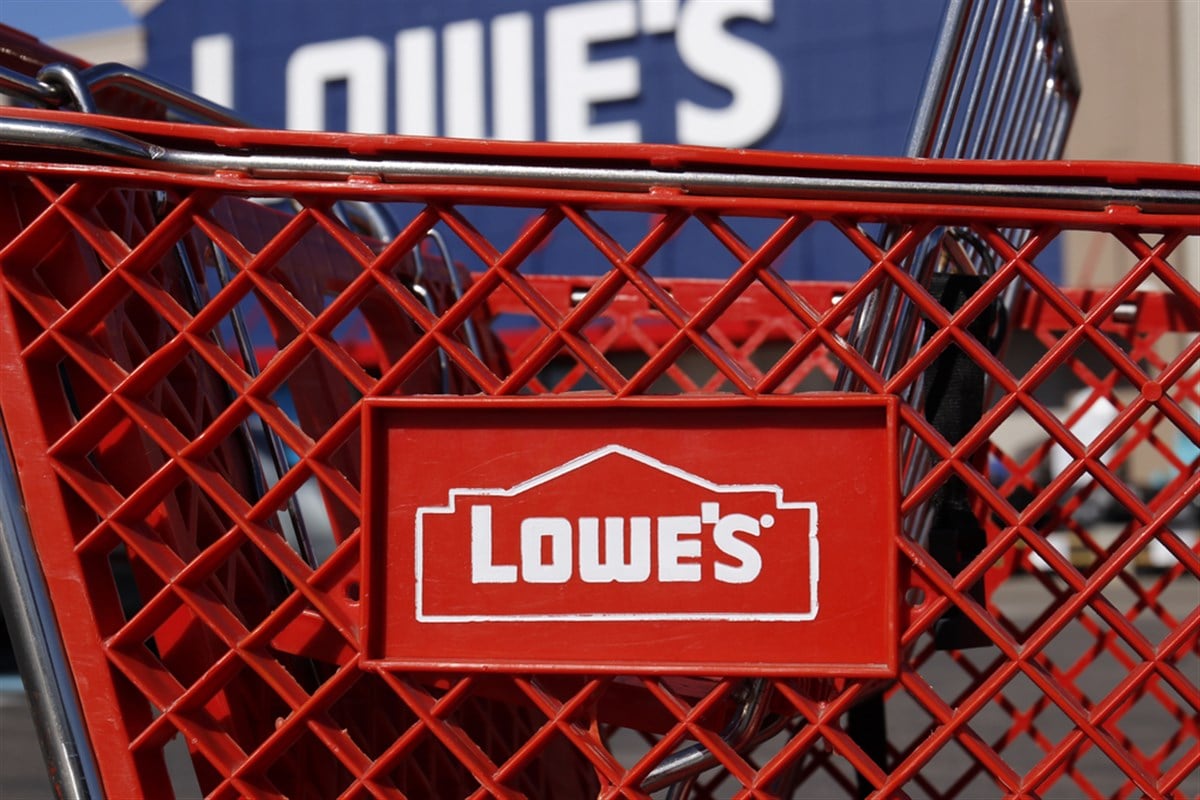
When analysts prepare to assign a rating and a price target to a stock, they typically discuss the trend with each other. Otherwise, they arrange all the questions that need to be answered to make recommendations during quarterly earnings conference calls. This is not the most exciting part of Wall Street, but occasionally, it does become so.
On the rare occasion that these analysts don’t agree on a rating or valuation for a stock, investors need to start paying attention, as volatility might be headed to the price in the near future. Volatility is often seen as a risk, but good traders know this is where the opportunity lies. Such an opportunity could be ahead for Lowe’s Companies Inc. (NYSE: LOW) as analysts are now conflicted on the stock's valuation.
The market gave its opinion by bidding the stock up to 95% of its 52-week high price, placing bullish momentum on the company to be favored by those who use this as a factor for investing. Now that the Fed is looking to cut interest rates by the end of the year, consumer discretionary stocks like Lowe’s might benefit from the potential boost in demand for its products. There’s also a trend in real estate worth watching.
A Real Estate Bottoming Could Propel Lowe's Stock to New Highs
Lower interest rates also come with lower mortgage rates, which could trigger more real estate demand as would-be homebuyers on the sidelines now await better financing rates. But there’s also one small problem. Today's average home price is still over 30% more expensive than before the COVID-19 pandemic.
This means that demand might not be here as soon – or as significant – as some expect, but that doesn’t have to mean bad news for Lowe’s. New home sales have risen to a yearly high of 739,000 units, so the risks of no property demand might be tamed, though not eliminated.
Either way, new homes or existing ones all share the same thread of needed renovation, which is where Lowe’s comes into play. Looking laterally into the home renovation niche, stocks like Home Depot Inc. (NYSE: HD) are trading at 95% of 52-week highs, meaning markets like what the space offers.
The problem is the potential fall in property demand due to higher prices and both companies' recent failure to deliver their best financial quarters.
Financial Performance Hidden in Plain Sight: What Investors Should Know
Conventional analysts could have cited Lowe's and Home Depot's lower sales and earnings per share (EPS) for the second quarter of 2024 earnings results as a reason for their lower price targets and ratings. However, the bold ones saw another financial metric that could put Lowe's above its competition.
Wells Fargo and the Royal Bank of Canada both decided to lower their price targets on Lowe's stock last week. They could have based their decision on the company's reported 5.1% contractions in comparable sales. Now, Morgan Stanley and Evercore have different opinions.
Both of these banks decided to boost their price targets instead, focusing on a clearer – and arguably more important – financial metric. Free cash flow (operating cash flow minus capital expenditures) is the lifeblood of any business and a better way to view actual earning power.
While Home Depot reported lower free cash flow, contracting by as much as 1.6% over the past 12 months, Lowe's had expanded free cash flow instead. A 34% jump in free cash flow over the past 12 months shows that Lowe's deserves to have its valuation boosted, not the other way around.
These analysts weren't the only ones willing to publicize their bullish views on the stock. Those at Legal & General Group decided to boost their position by 1.6% as of August 2024, netting their investment to $1.1 billion today as another vote of confidence.
Those who are divided on where the stock could be headed could take another look at the potential discount Lowe's offers against its peers. As the stock trades at a price-to-earnings ratio (P/E) of 11.5x today, Lowe's stock offers a significant discount to Home Depot's P/E multiple, but the divergence doesn't exist.
Wall Street analysts could agree on one thing: EPS growth forecasts. For Lowe's the projection is 10.0%, nearly twice the forecast for Home Depot's 5.7%. Based on discounts, superior earnings, and free cash flow growth, it should be easier for investors to pick a side between these divided analysts.






